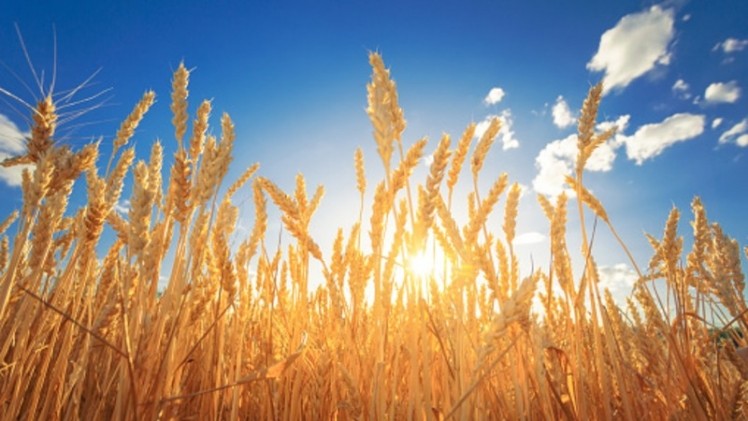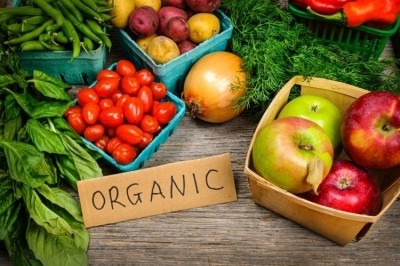Dashed dreams? India’s post-COVID-19 agri ambitions hindered by fearmongering and locusts

Just a few months back in March, India’s Ministry of Agriculture and Farmers Welfare had viewed the COVID-19 pandemic as a market opportunity of sorts which would enable it to grab market share from China, which was deep in the throes of battling the outbreak.
The ministry went as far as to identify 21 agricultural products that Indian exports could ‘benefit’ from as a result of COVID-19-related trade restrictions placed on China, including paddy (rice), onions, chillis, potatoes, vegetables, mangoes, grapes and honey.
“[These] 21 agri tariff lines [show] where China’s global exports and India’s global exports are more than US$25m and where India is price and volume-wise competitive and capable to provide an alternative,” the ministry said at the time.
“There may be opportunities for Indian exporters of agri-items, in case (sic) some countries impose restrictions on Chinese goods in response to outbreak of COVID-19. Opportunities may arise in case of (sic) other countries imposing import restriction on these tariff lines.”
Three months on, since India entered its nationwide lockdown on March 24, at least three of the 21 types of agricultural produce identified by the ministry have run into various production and demand issues, and India’s agricultural sector is now a far cry from the state it was in previously.
Potatoes in India have been heavily impacted by production, demand and price instability, whereas onion prices dipped by 50% after the lockdown caused demand from the foodservice sector to nosedive.
Rice production is also under major threat, not just by labour shortages due to migrant workers having had to make a mass exodus from the country due to the lockdown, but also due to a serious locust invasion, which the World Bank has described as the ‘worst in a generation’.
States such as Gujarat, Rajasthan, Maharashtra, Madhya Pradesh, Punjab, Haryana and Uttar Pradesh have already reported attacks on crops, and fear is rife that because India has had to dedicate so much of its resources to battling COVID-19, preparations to handle this crisis may not be as adequate as in previous years.
June marks India’s usual rice sowing season, and if the swarms that have already entered the country are not stopped soon, enormous losses have been predicted for rice crops in the country, as a locust can eat its own body weight in food (2g) a day and fly over 150km to search for food, so a swarm of millions would equate millions of tons lost in crops.
At present, most of the methods being used are somewhat rudimentary, from using tractors, fire engines, drones and the like to spray pesticides, to ‘lighting a fire, bursting crackers, banging plates and tins, and playing the drums as [these] insects can't tolerate loud noises’, as per a state-aide advisory issued by the East Indian state of Jharkhand.
Chicken rumours
Crops aside, India’s US$14bn poultry sector has also taken a major hit due to purposeful fearmongering messages widely transmitted over WhatsApp and other social platforms warning that the coronavirus causing COVID-19 can be transmitted via chicken meat.
Although there is no scientific basis to this rumour, many consumers obviously took this warning to heart as within a few weeks of it circulating earlier in the year, the industry found itself staring at up to INR225bn (US$3bn) in losses.
Industry body All India Poultry Breeders Association (AIPBA) Head Bahadur Ali told This Week In Asia that the poultry sector was ‘in deep crisis’ as chicken sales had dropped by 80% in some parts.
Full recovery for the sector is not expected until at least the end of 2020, according to analysis from the Dutch Ministry of Agriculture.
Still optimistic
Despite taking this series of hits, Indian Agriculture and Rural Development Minister Narendra Singh Tomar has remained adamant that COVID-19 has not negatively impacted the country’s agricultural sector.
“There is no denying that this is not a normal situation. But I can guarantee that the COVID-19 pandemic will not be able to damage Indian agriculture,” Tomar said to Hindustan Times.
“[We gave] exemptions to the rural and agricultural sector [during] the lockdown -- including all farming operations and mandis. This has definitely helped maintaining continuity in the supply chain especially in view the harvesting and sowing season.”
Prime Minister Narendra Modi expressed equal optimism, saying at a public event that: “We have to take tough steps to fight coronavirus and also take steps to take care of economy, [but] yes, we will definitely get our growth back.”
Neither Tomar nor Modi have elaborated on exactly how much the COVID-19 crisis has cost the agricultural industry, nor estimated losses from the locust invasion.
That said, India has definitely come out of the crisis with sufficient confidence in itself to resume food exports.
“Exports of all major products i.e. rice, groundnut, processed food, meat, poultry, dairy and organic products have started,” the Ministry of Agriculture said in a public statement, adding that the government was taking a ‘flexible approach’ by issuing digital copies of phytosanitary certificates for exports.

















